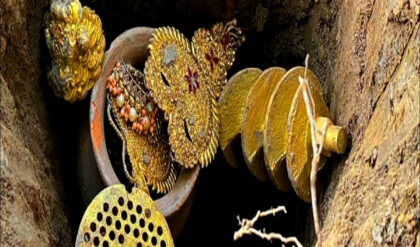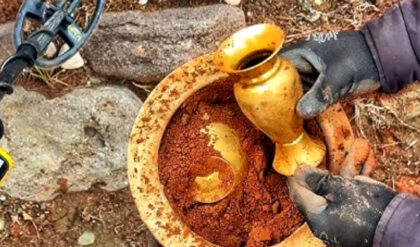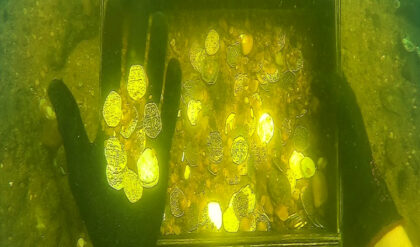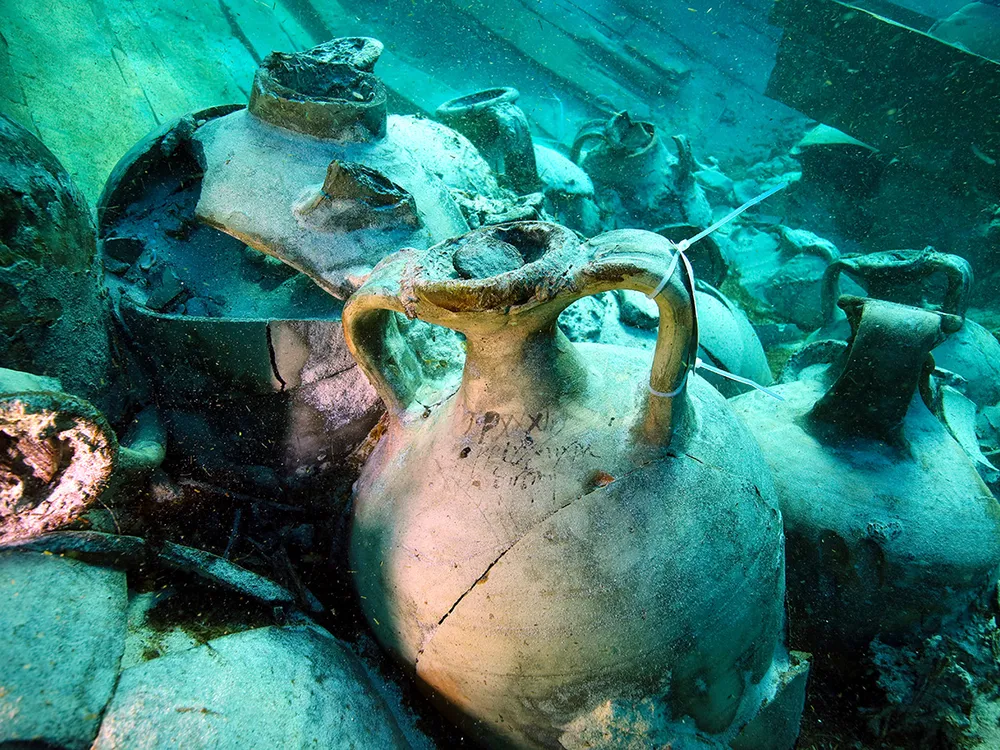
Roughly 1,700 years ago, a ship sank to the bottom of the Mediterranean near present-day Spain. Not long after it sank, the Roman-era vessel became covered in sand and sediment, which preserved the ship and many of its contents.
Now, researchers are unraveling some of the wreck’s mysteries, including the cargo it was transporting on its ill-fated final voyage. When it sank during the fourth century, the vessel was carrying a rare culinary delicacy: a fermented fish sauce known as liquamen, or garum.
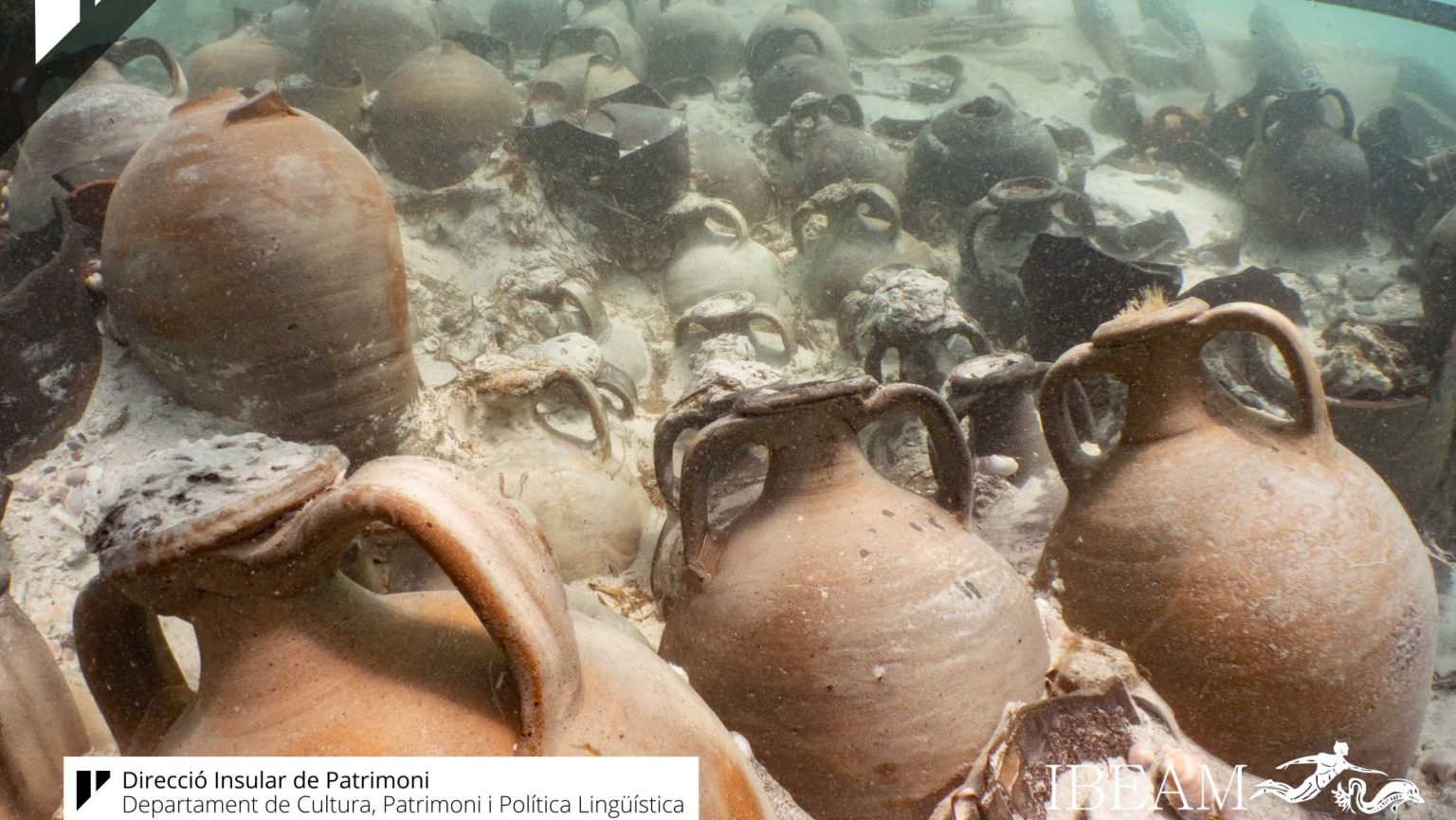
Researchers described their fishy findings in a new paper published in the journal Archaeological and Anthropological Sciences.
Archaeologists found the umami-packed condiment in many of the 300 sealed pottery jugs, known as amphorae, that went down with the ship. They also identified bits of fish bones in some, which suggests the liquamen was made with both anchovies and sardines.
Other amphorae also held edible delights, including olive oil, wine or vinegar, and possibly olives preserved in a wine reduction sauce. Each jug was labeled with a painted inscription that identified the vessel’s contents. Archaeologists also found grape vines, reeds and other woody plants likely meant to help protect the amphorae during the journey.
Among the wreckage, researchers also identified ropes, shoes, a wooden drill and a coin from Roman Siscia embedded within the wood that connected the mast to the hull. The coin, which was made under the rule of emperor Constantine the Great, is consistent with Roman ship-blessing rituals. The coin also indicates that the ship was built after 320 C.E., which matches up with previous age estimates.
Researchers also took samples of the ship’s wood. To make the vessel, Roman shipbuilders used pine, as well as a selection of harder woods, including cypress, olive and bay laurel.
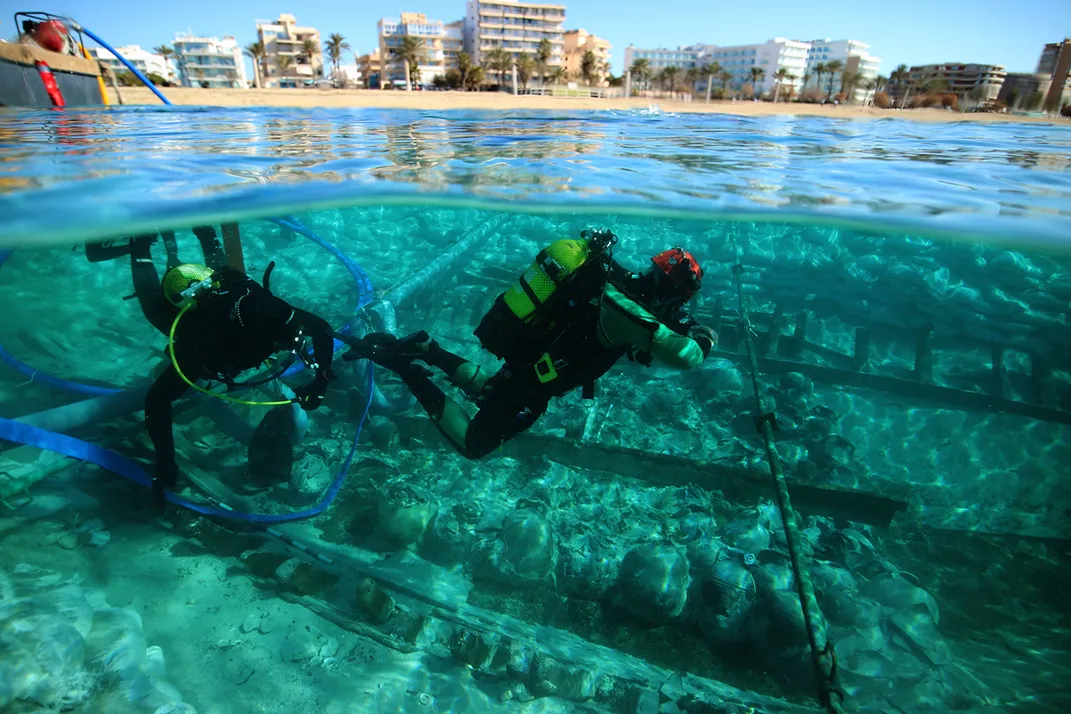
Together, all of the findings suggest that the ship departed from the area of present-day Cartagena on the southeastern Iberian Peninsula.
Known as the Ses Fontanelles wreck, the ship was exposed by a strong storm in July 2019. It’s located near one of the most popular tourist beaches on Mallorca, the largest of Spain’s Balearic Islands.
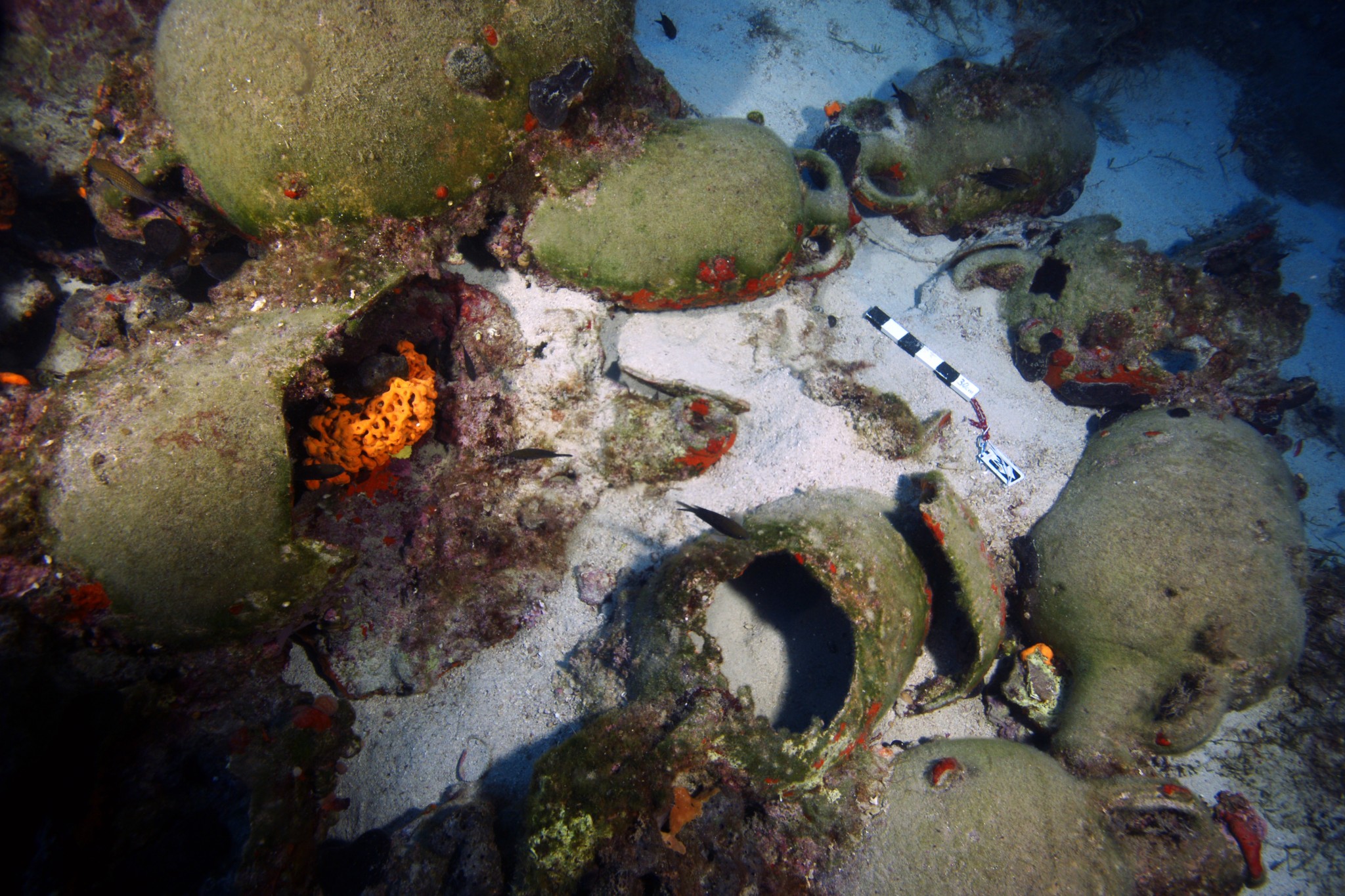
Just a few feet of water cover the wreck, which is situated several miles from Palma, the capital of Mallorca. The shallow depth presented several challenges. For starters, researchers were worried about looters stealing from or damaging the ship. On top of that, the shallowness made excavations tricky because strong winds caused waves that stirred up the sediment on the bottom of the sea. The waves also rocked a work platform installed to help archaeologists investigate the ship.
It’s not clear what caused the vessel to sink. However, based on its location, archaeologists suspect it ran aground on a sandbar. The ship is 39 feet long and 16 to 19 feet wide.
The vessel is significant because it’s the “only Late Roman shipwreck we know of so far from the area of Carthago Spartania [and] one of a few from the fourth century in the Mediterranean,” says study co-author Miguel Ángel Cau Ontiveros, an archaeologist at the University of Barcelona and the Catalan Institution for Research and Advanced Studies, to Live Science’s Tom Metcalfe.
